British airspace is set to change, with 25-mile ‘motorways’ being created in the sky.
New plans could save time and fuel, reduce delays and cut noise for many villages and towns under flight paths.
The current system, which dates back to the 1950s, means that aircrafts rarely take the shortest route between two airports, often zig-zagging along the way.
This is because of restrictions that have grown up thanks to vested interests and a lag in adapting to new technology. However, new tech means that planes can fly closer together to each other.

Gatwick is the first airport to have their preliminary plans published
PA/Getty
Flight paths for the busiest 20 airports in the country could be transformed so that aircraft could have their descents automated along channels about 480 metres wide. However, there is some concern from those living underneath the new jet highways.
The first set of initial plans, for London Gatwick, were released earlier this month, giving the first insight in to how the changes may affect those living near airports. Approaching planes from a range of directions can only start their descent 7,000ft, about 12 miles to the east.
However, under the new plans they could start 25 miles out, further to the south, keeping traffic to one long channel. This is likely to mean, though, that there would be more aircraft at a lower altitude.
Now residents and campaigners have hit back at the plans for Gatwick, saying there will be more noise and the areas under the new flight paths will have more regular air traffic.

Residents and campaigners have hit back at the plans for Gatwick
PA
The new flight path could pass over Hever Castle, near Edenbridge, Kent, the childhood home of Anne Boleyn. Custodian, Duncan Leslie, has already moved out of the grounds after 15 years partly because of the noise from aircraft.
He told The Times: “When you hear the aeroplanes you can’t really escape them. Things keep you awake and the aeroplanes are particularly good at doing that. That bothers me, as it does some of our guests, and I dare say some of our guests might choose not to come again if they think there might be more planes.”
Another campaigner, Charles Lloyd, highlighted the threat to Cowden, a village in the High Weald area of natural beauty. He estimated the frequency of overhead aircraft could increase from one every 15 to 20 minutes in the summer peak to one every 100 seconds.
Sally Pavey, who chairs Cagne, a group which campaigns about noise from Gatwick, told The Times: “This comes with no compensation, no consideration to the impact it will have on home life or house value.”

Hever Castle, Kent, could see planes fly above it
Getty
The Civil Aviation Authority has set up an industry body, Airspace Change Organising Group (Acog), to oversee the shake-up.
Planners for Gatwick have said they are calculating how many extra households are likely to be troubled by aircraft noise in different situations. So far, those options affecting the greatest number are being ruled out.
The CAA said in a statement that it would “deliver quicker, quieter and cleaner journeys and more capacity.”
Acog said compensation would be considered for residents “where they experience significantly increased overflight.”




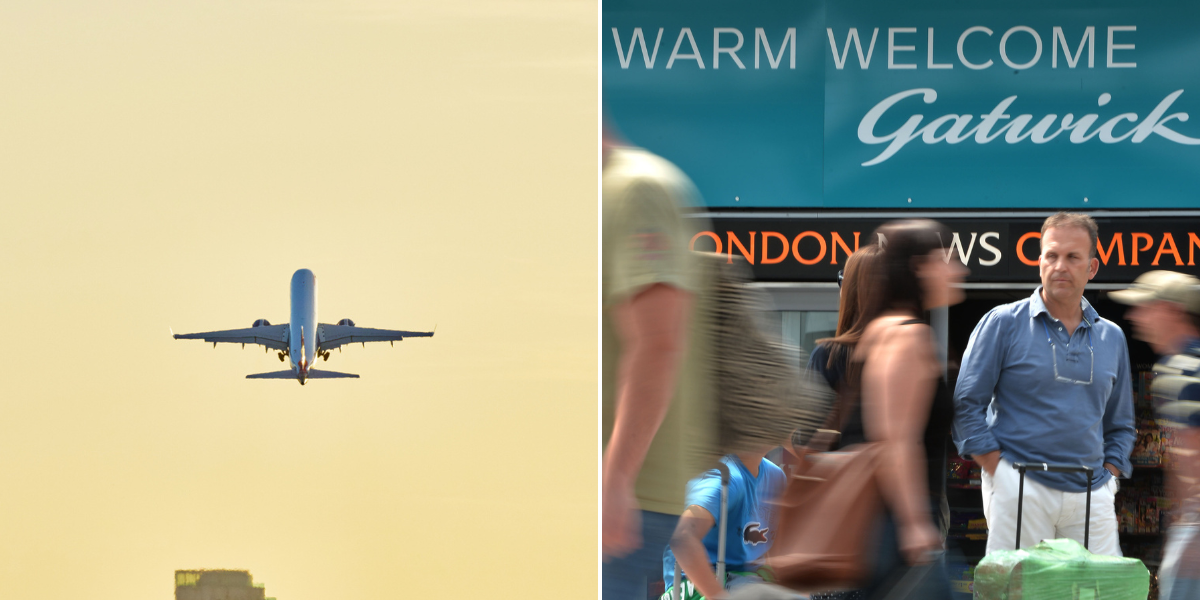
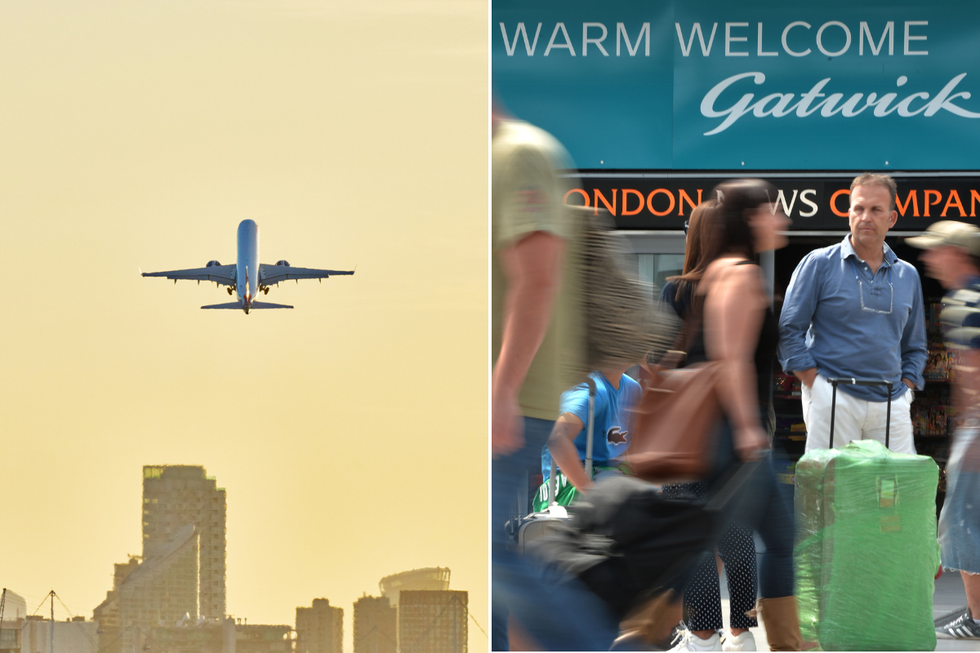
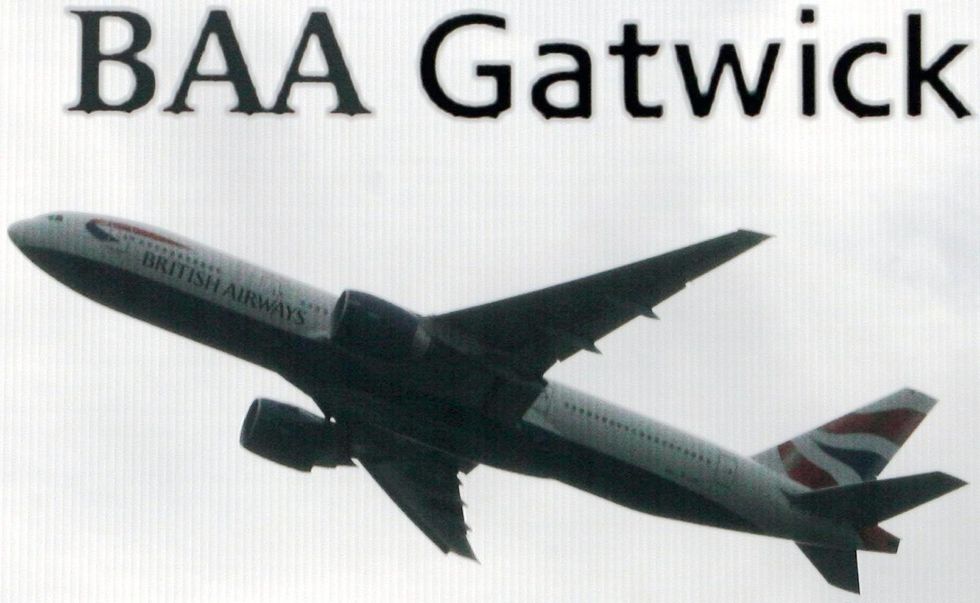
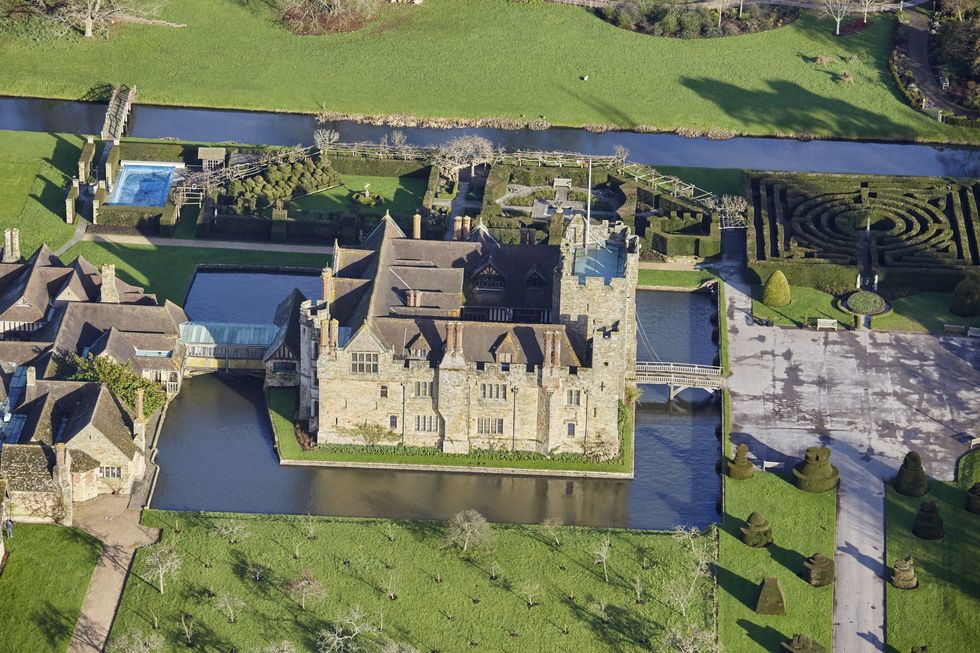

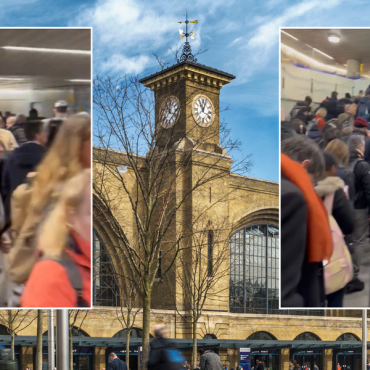




Post comments (0)